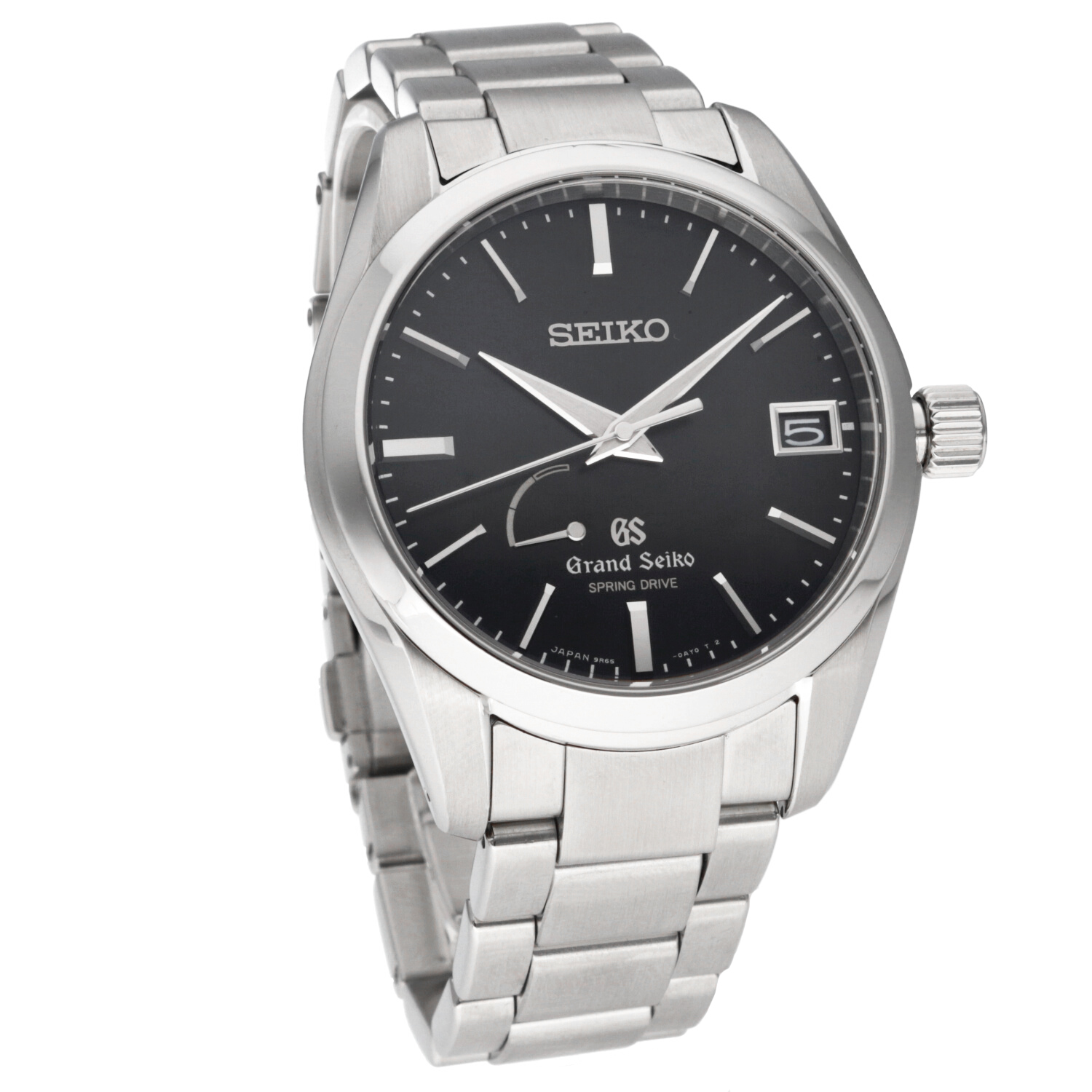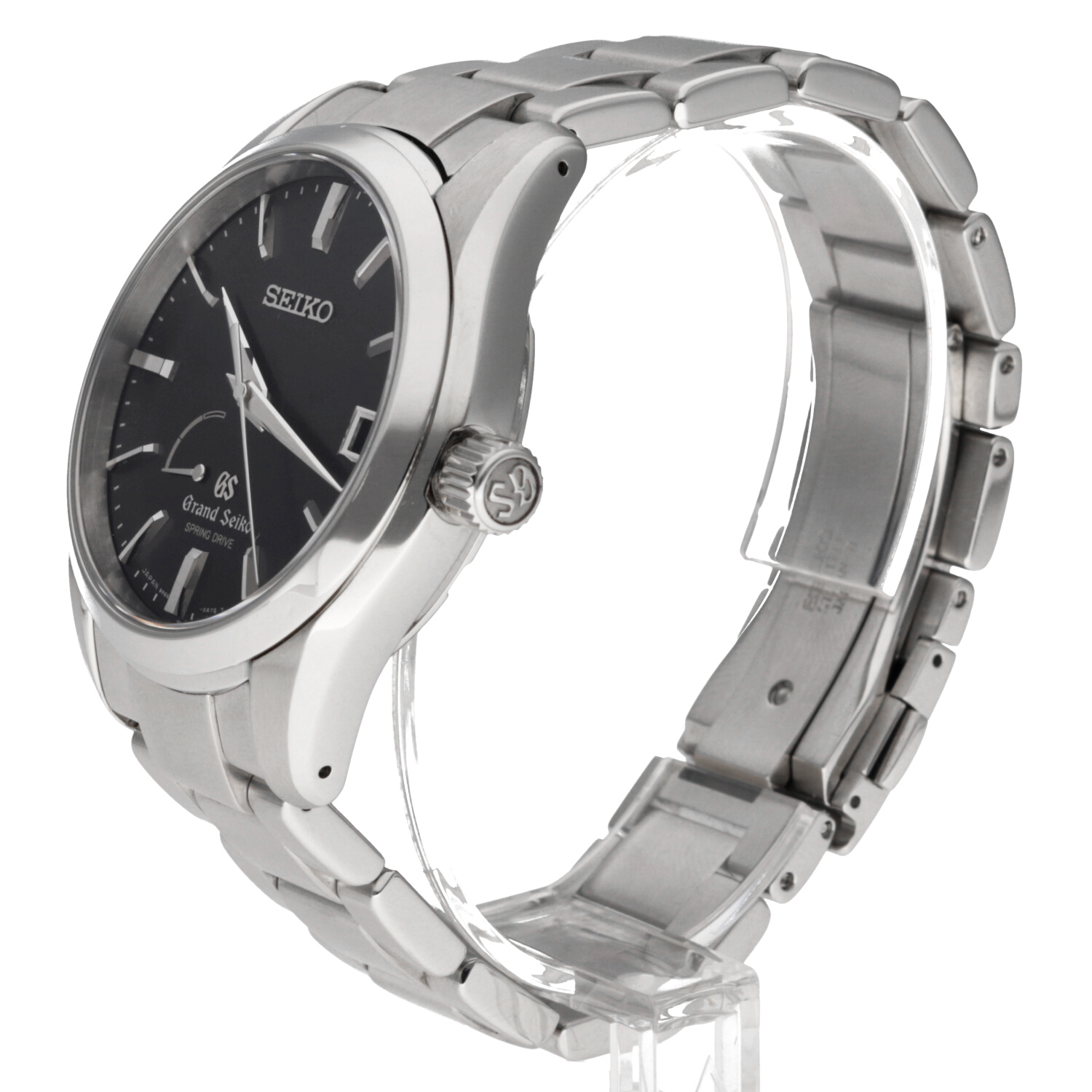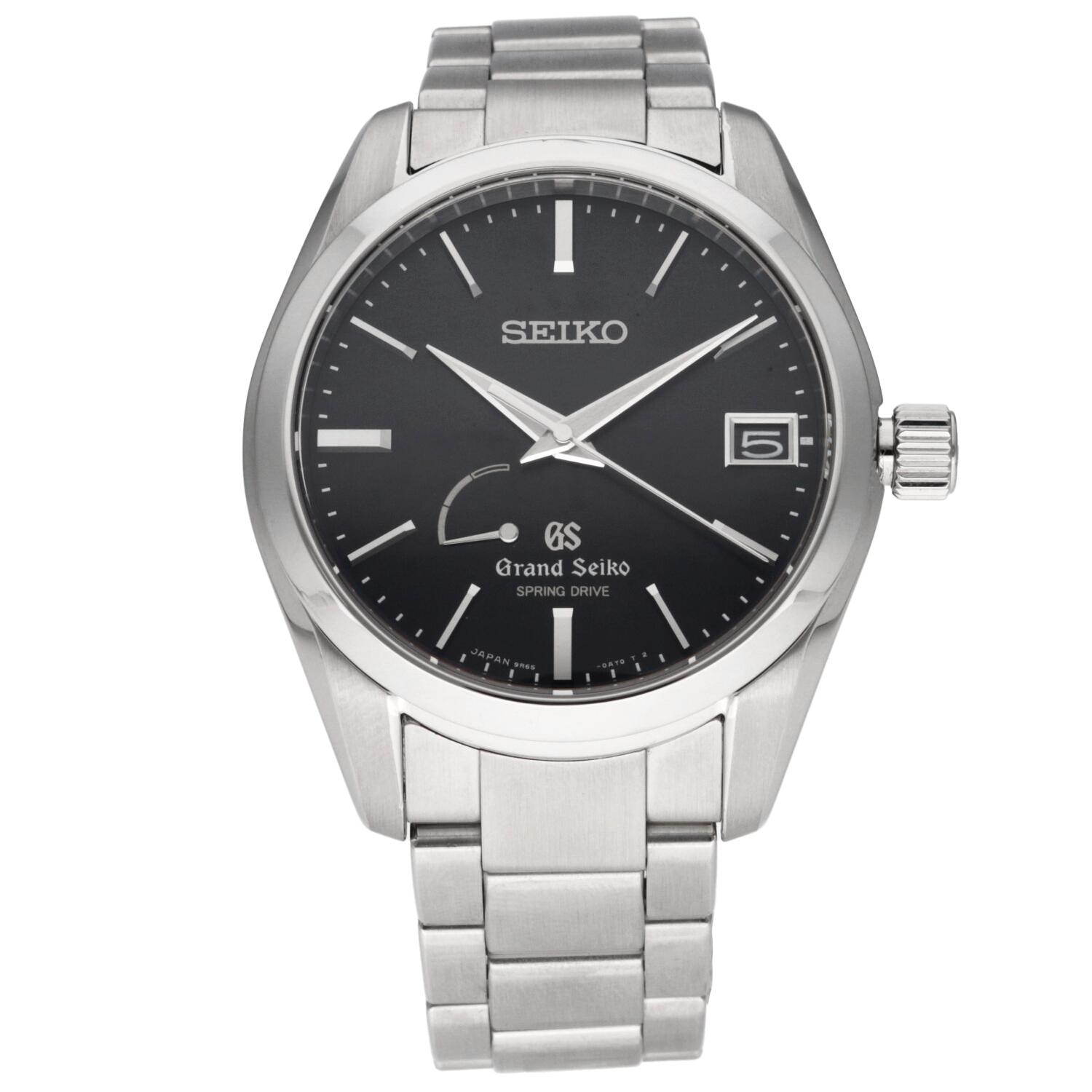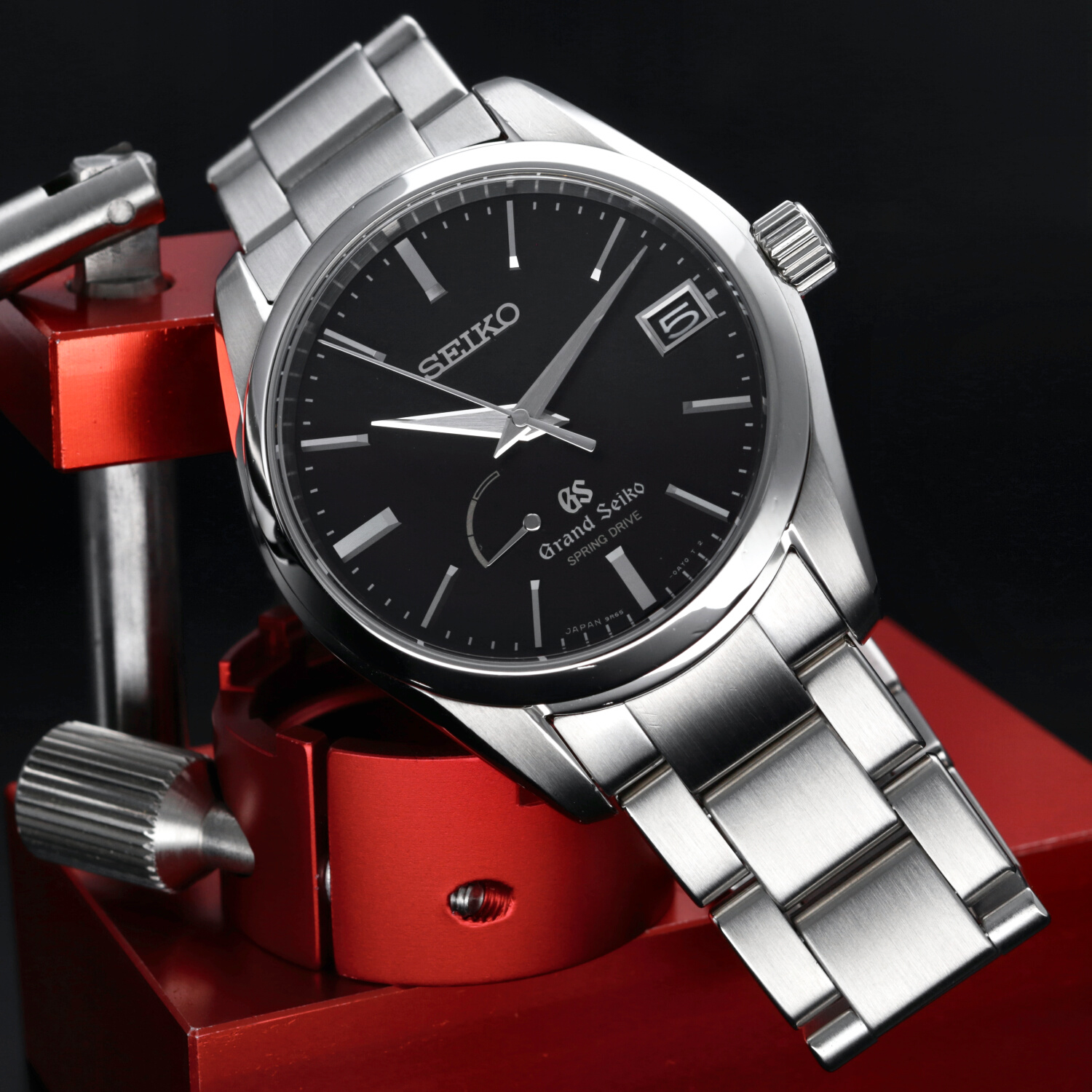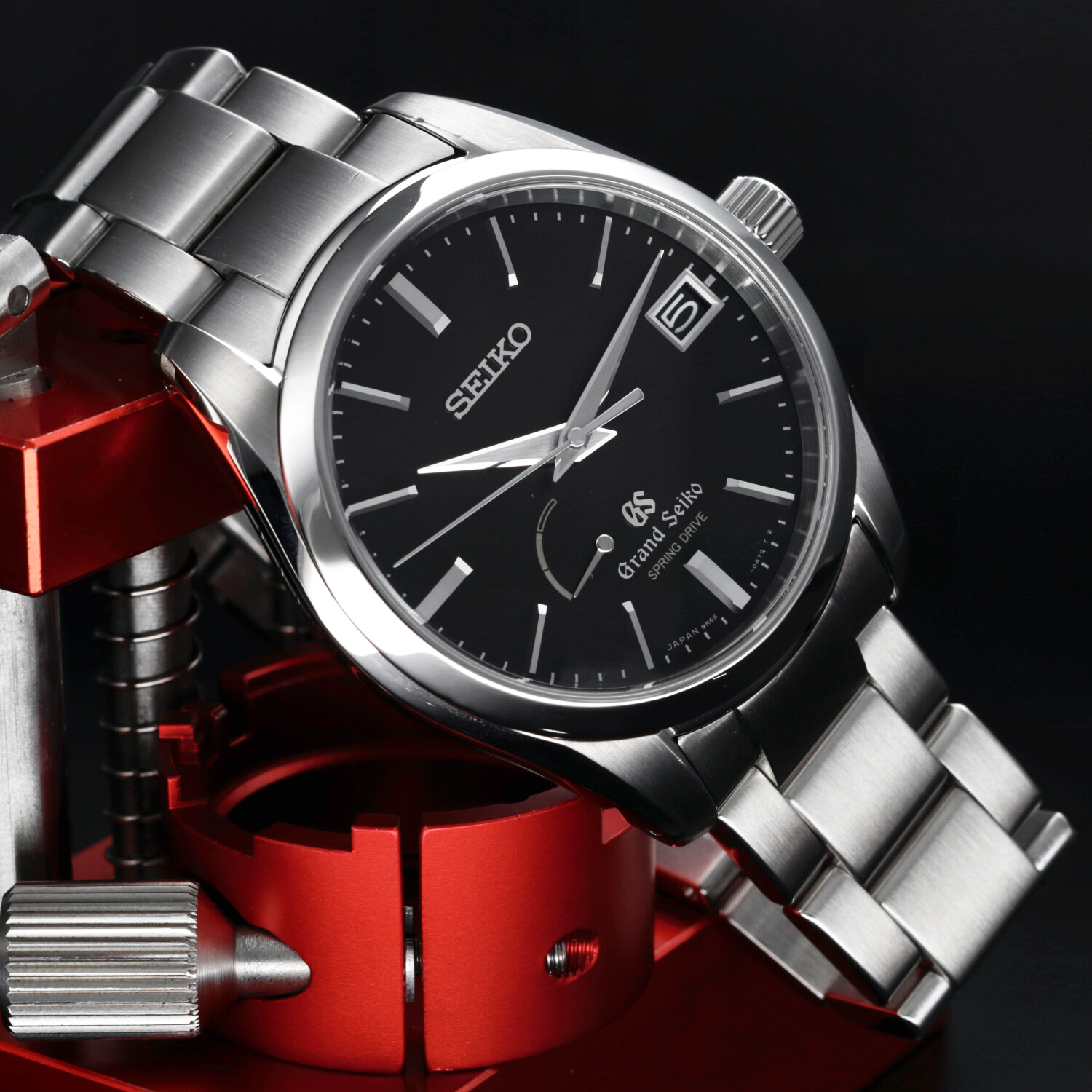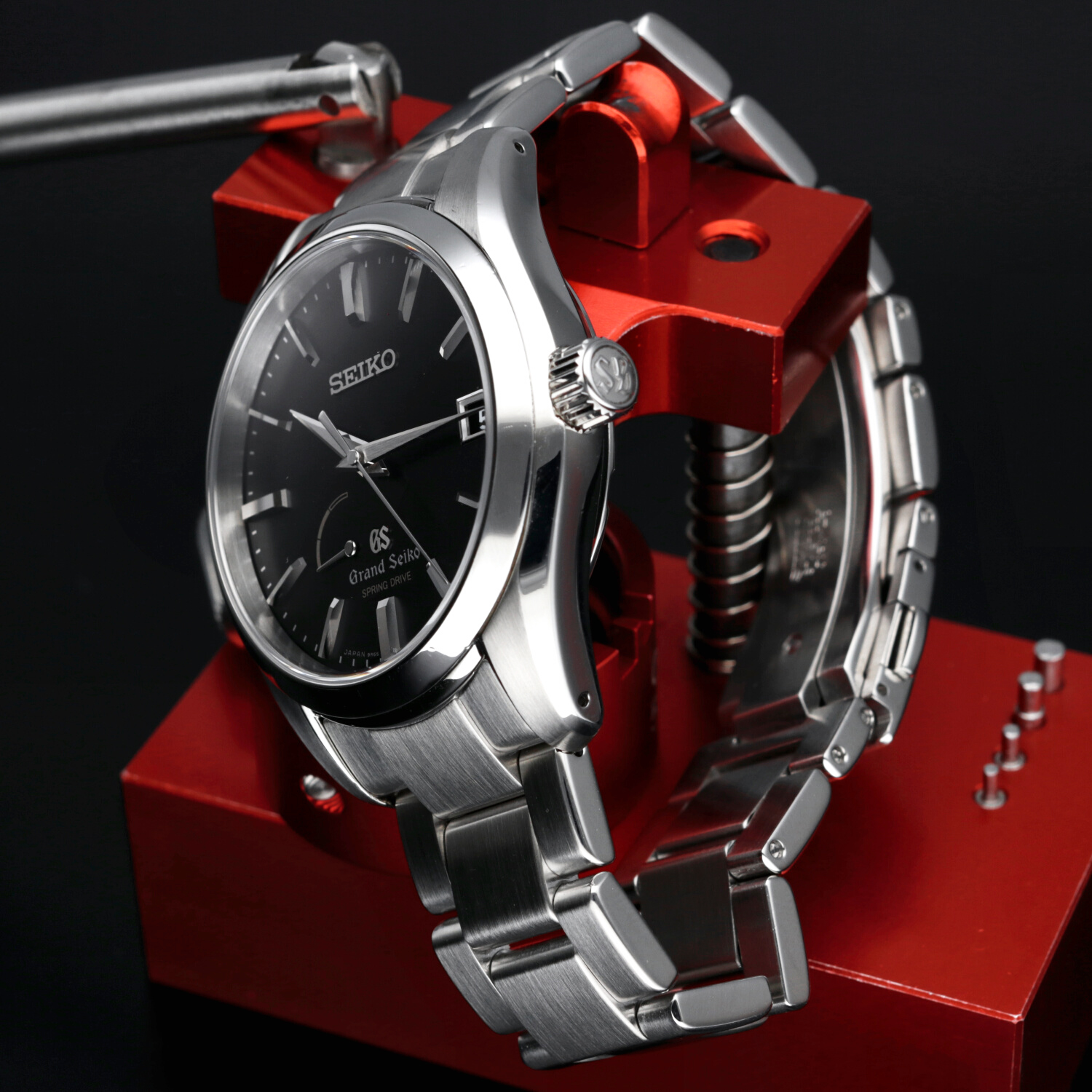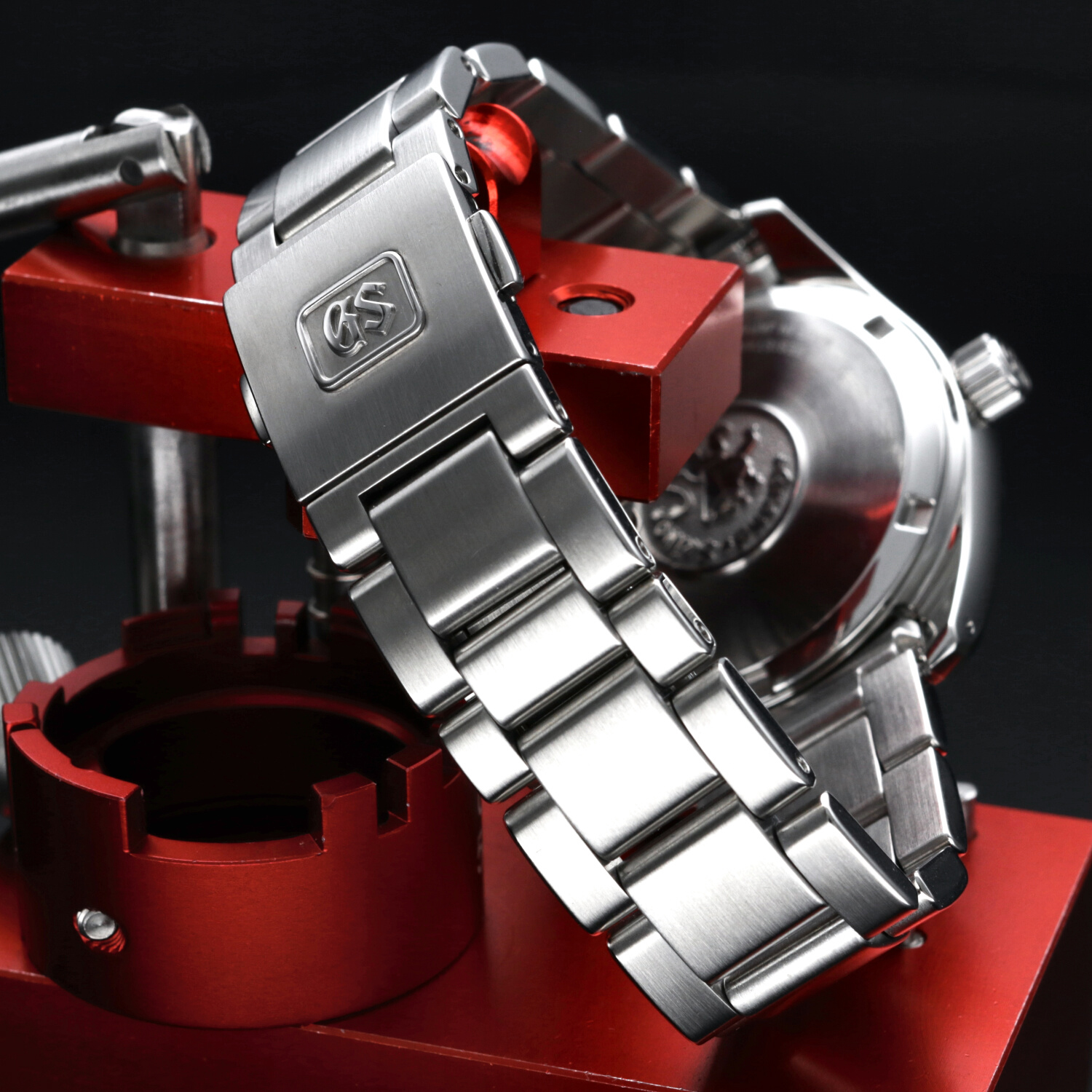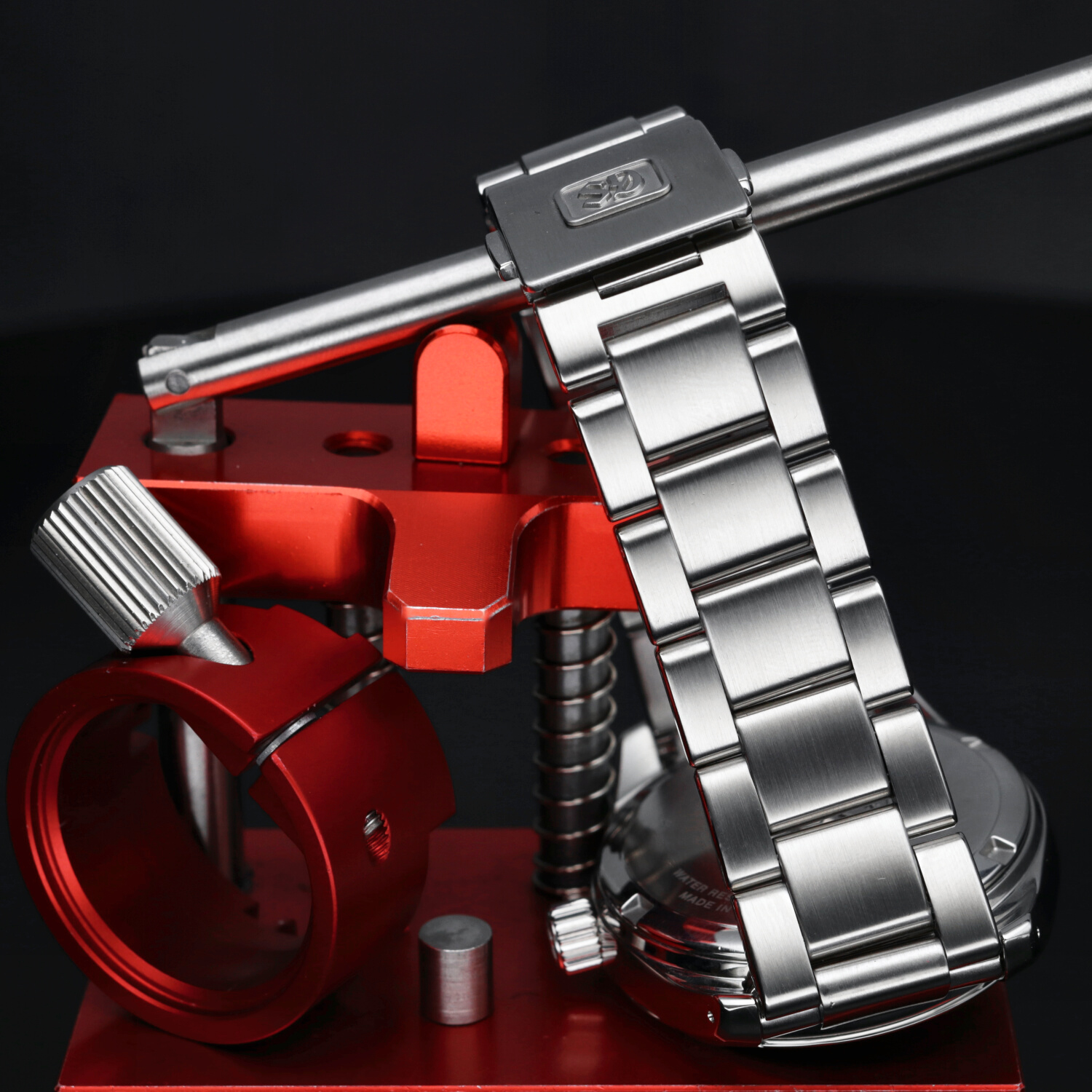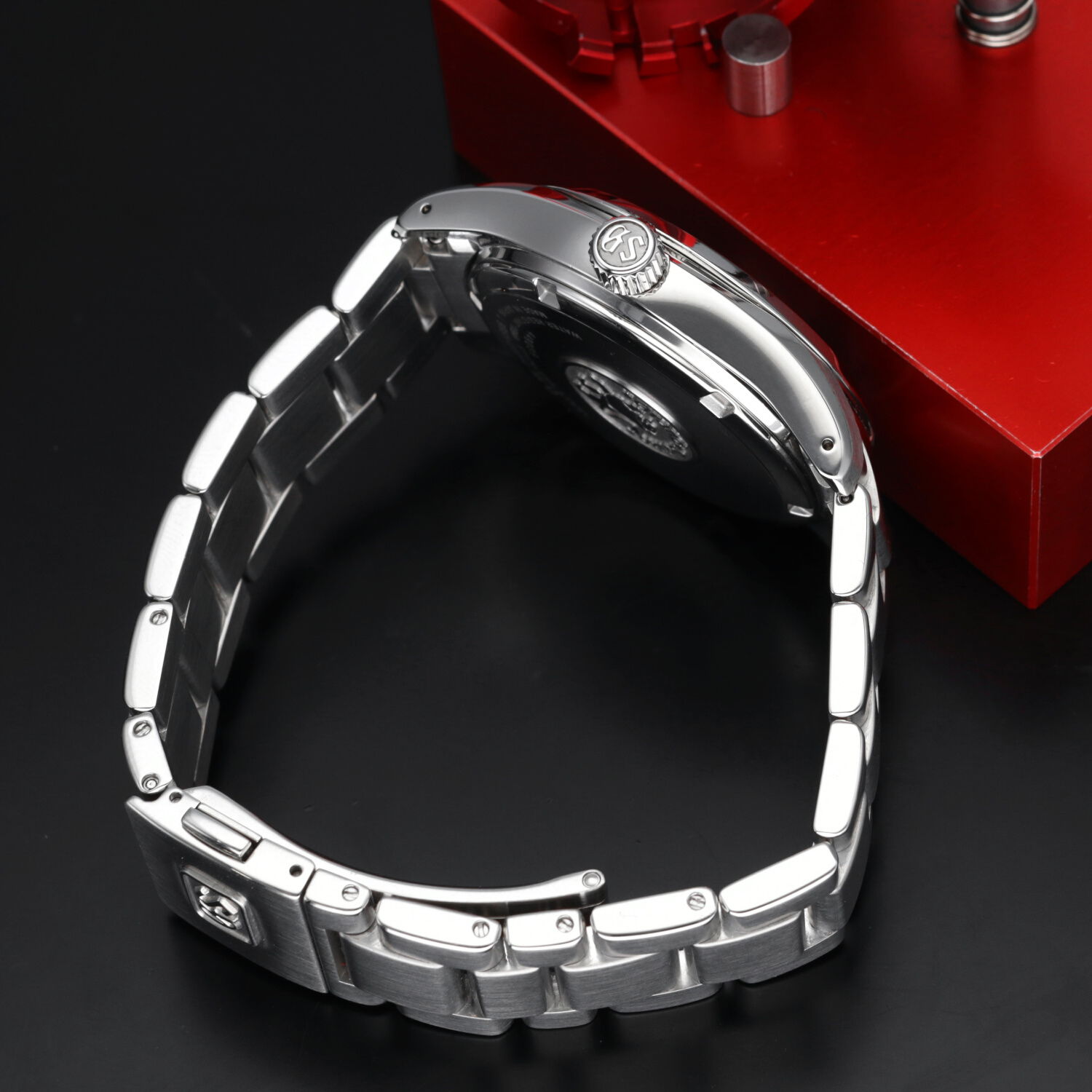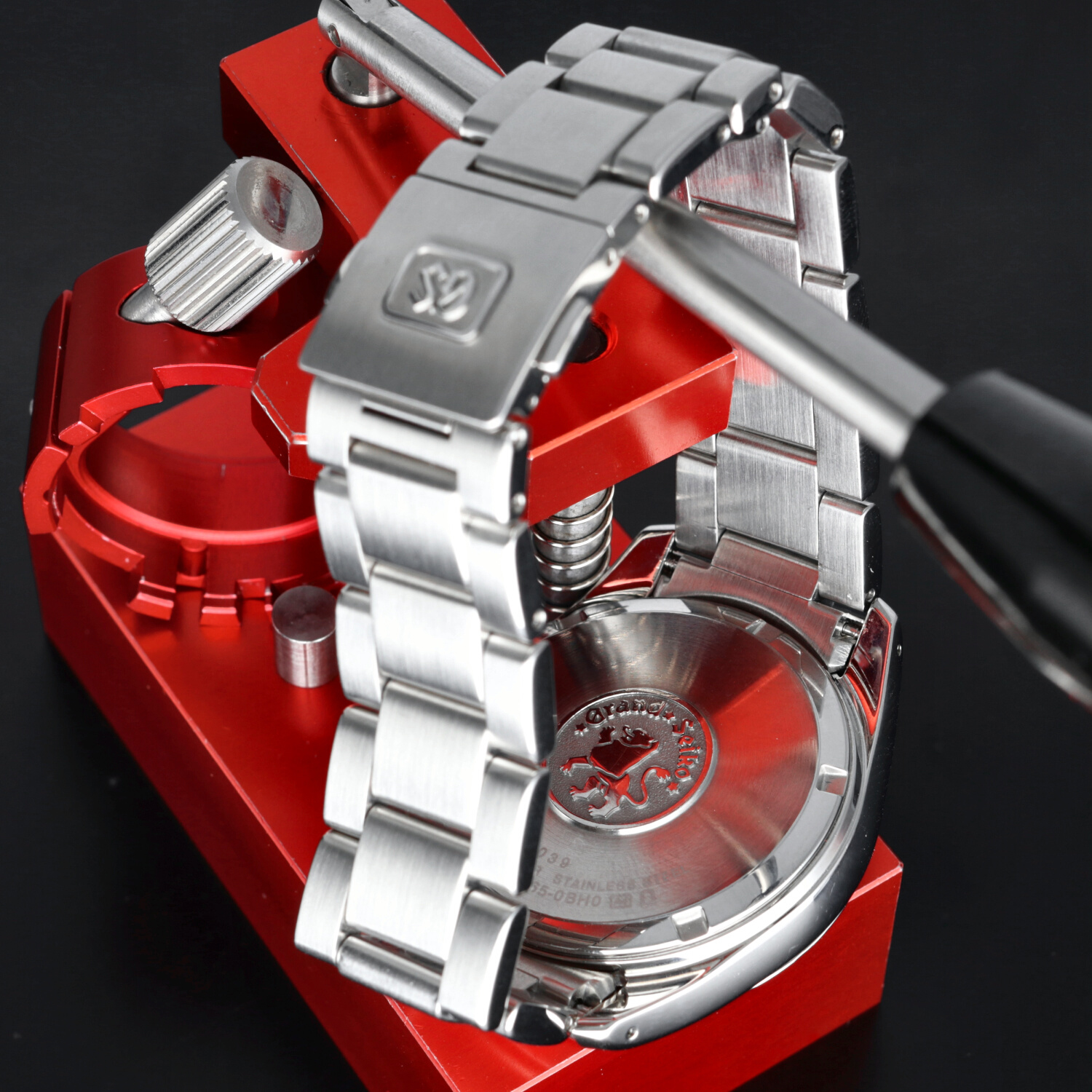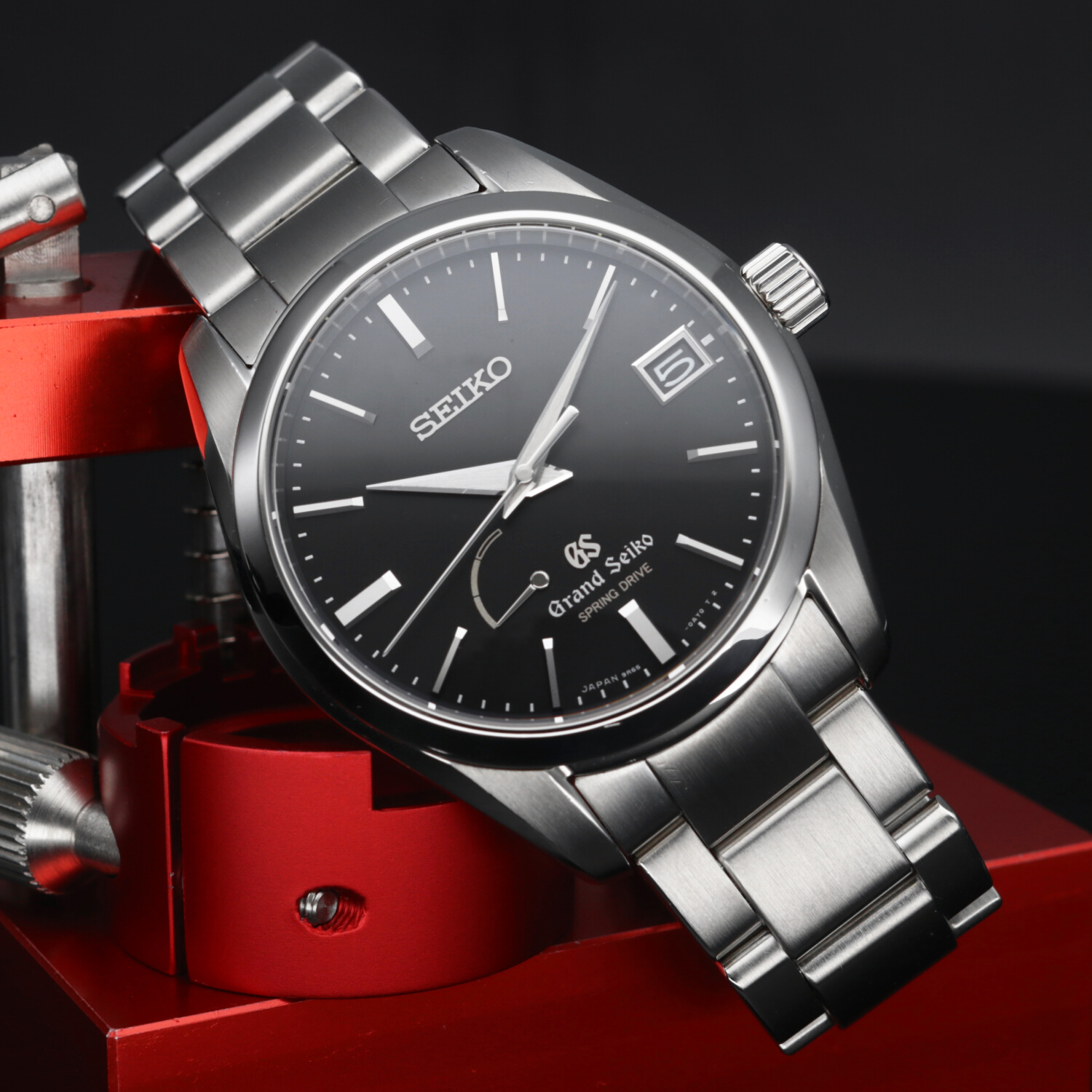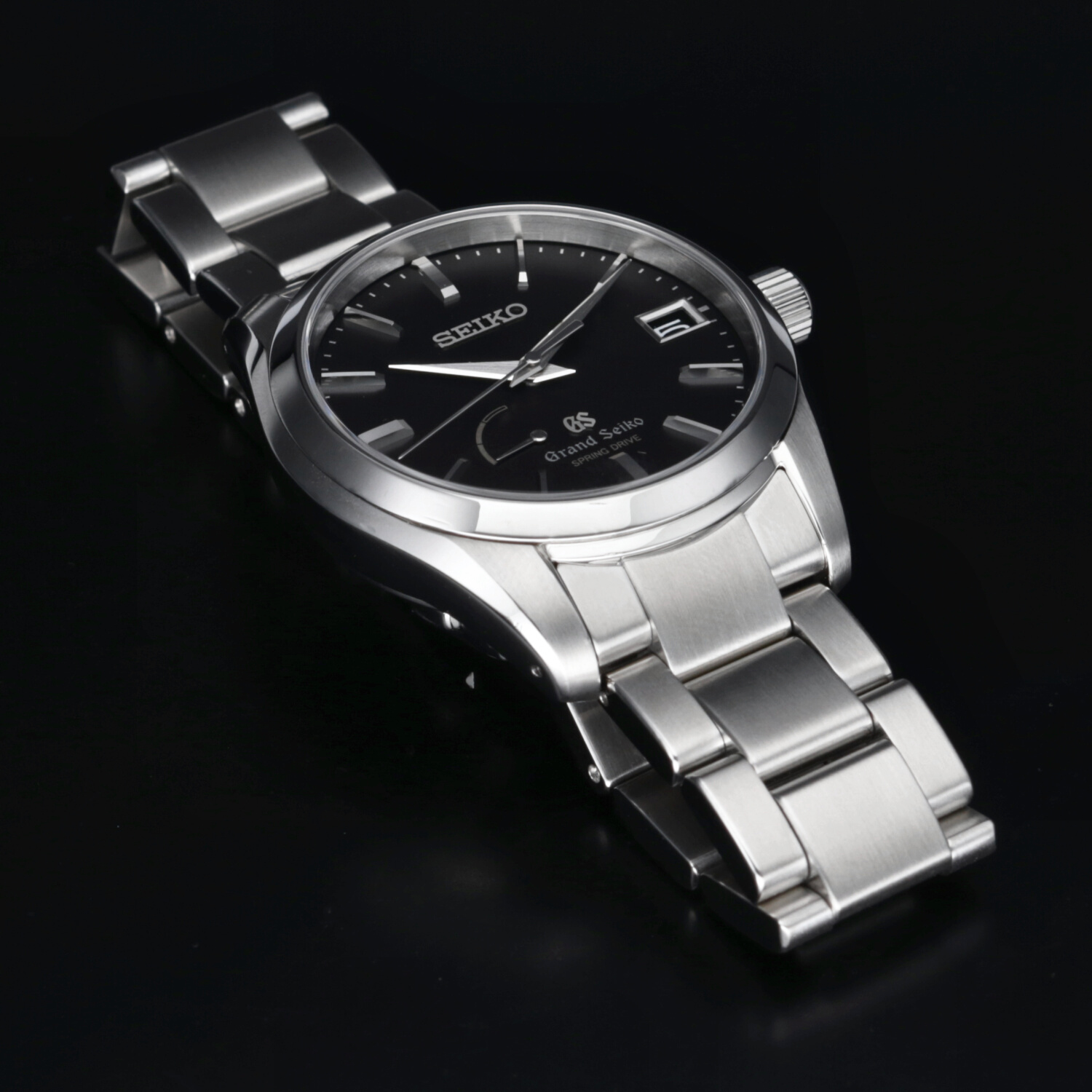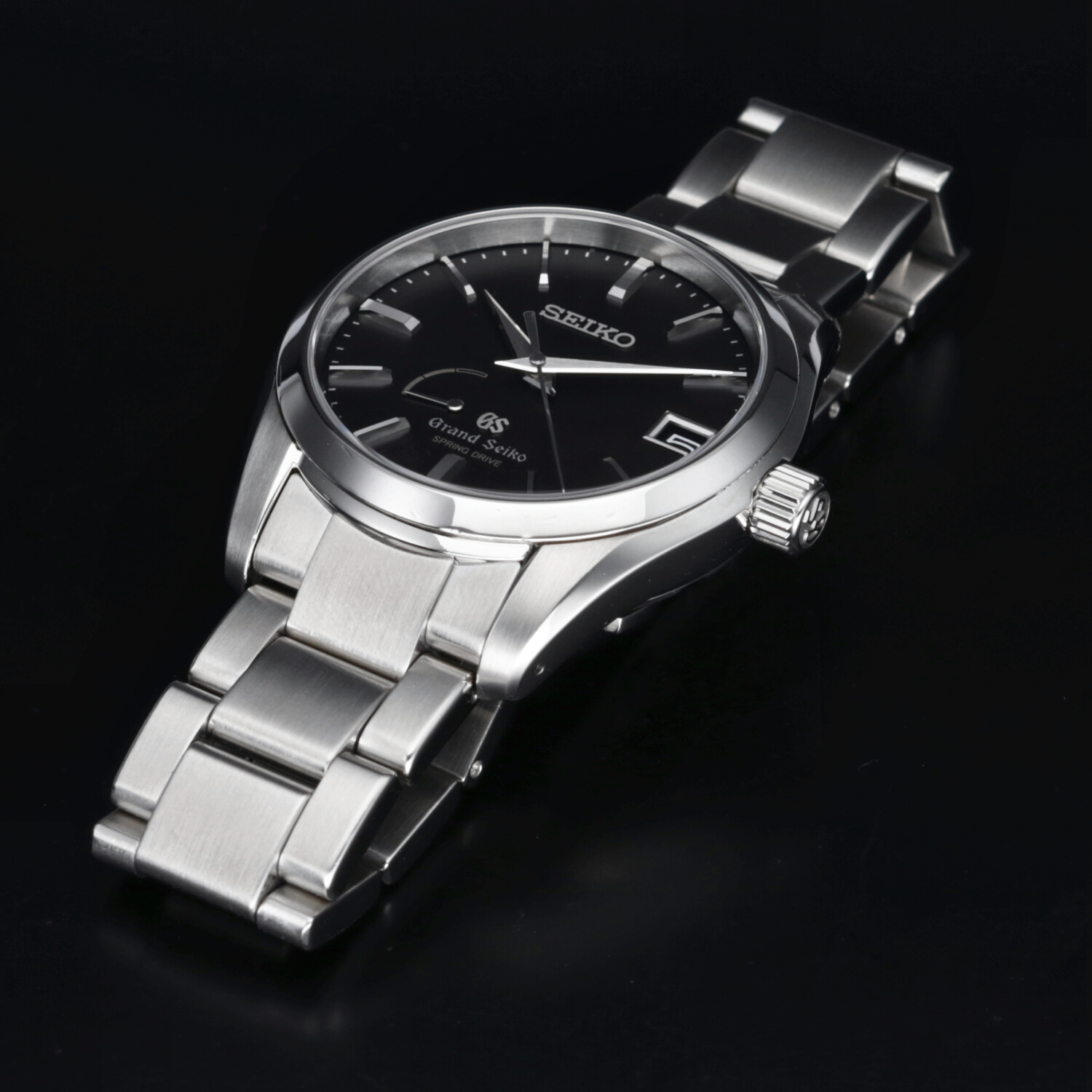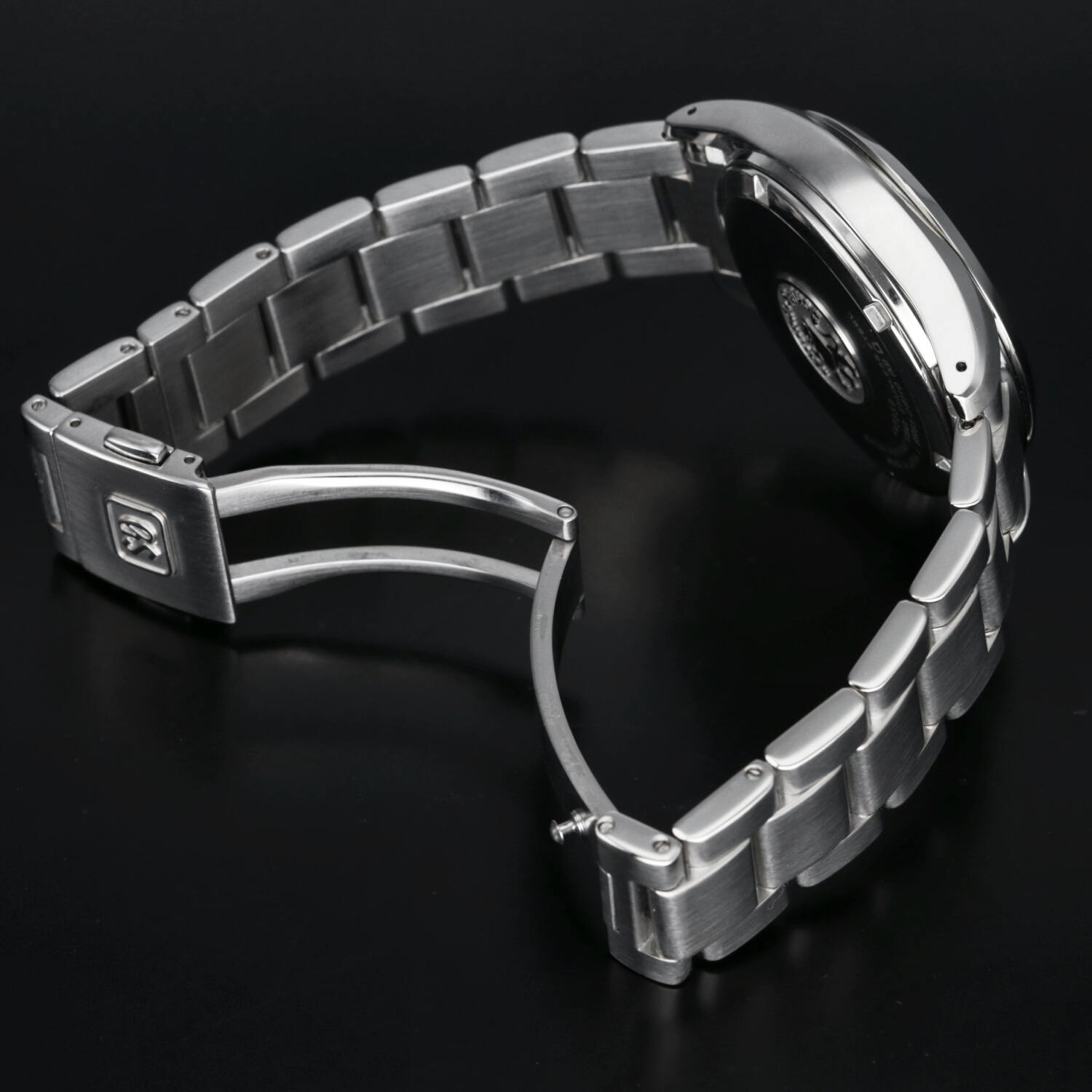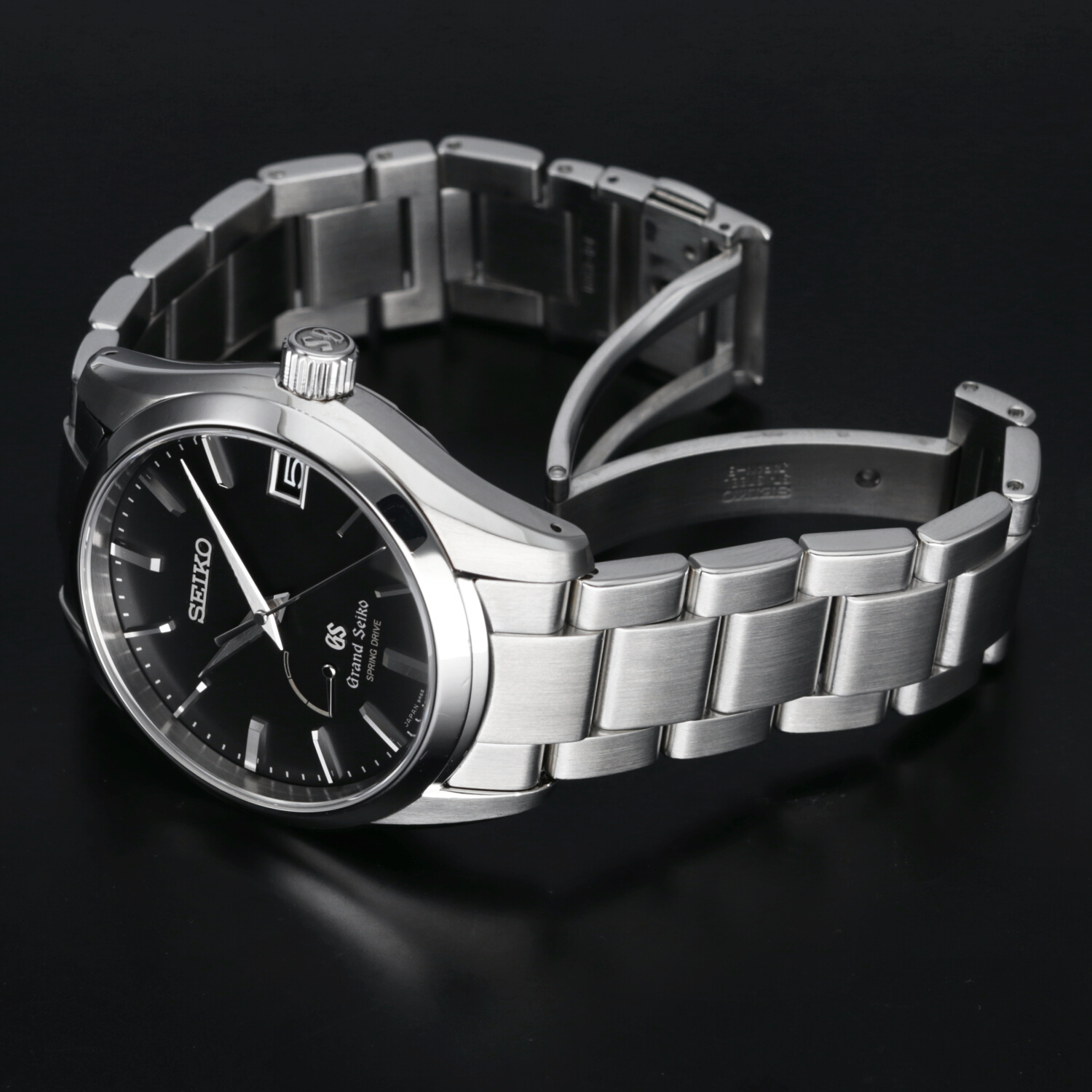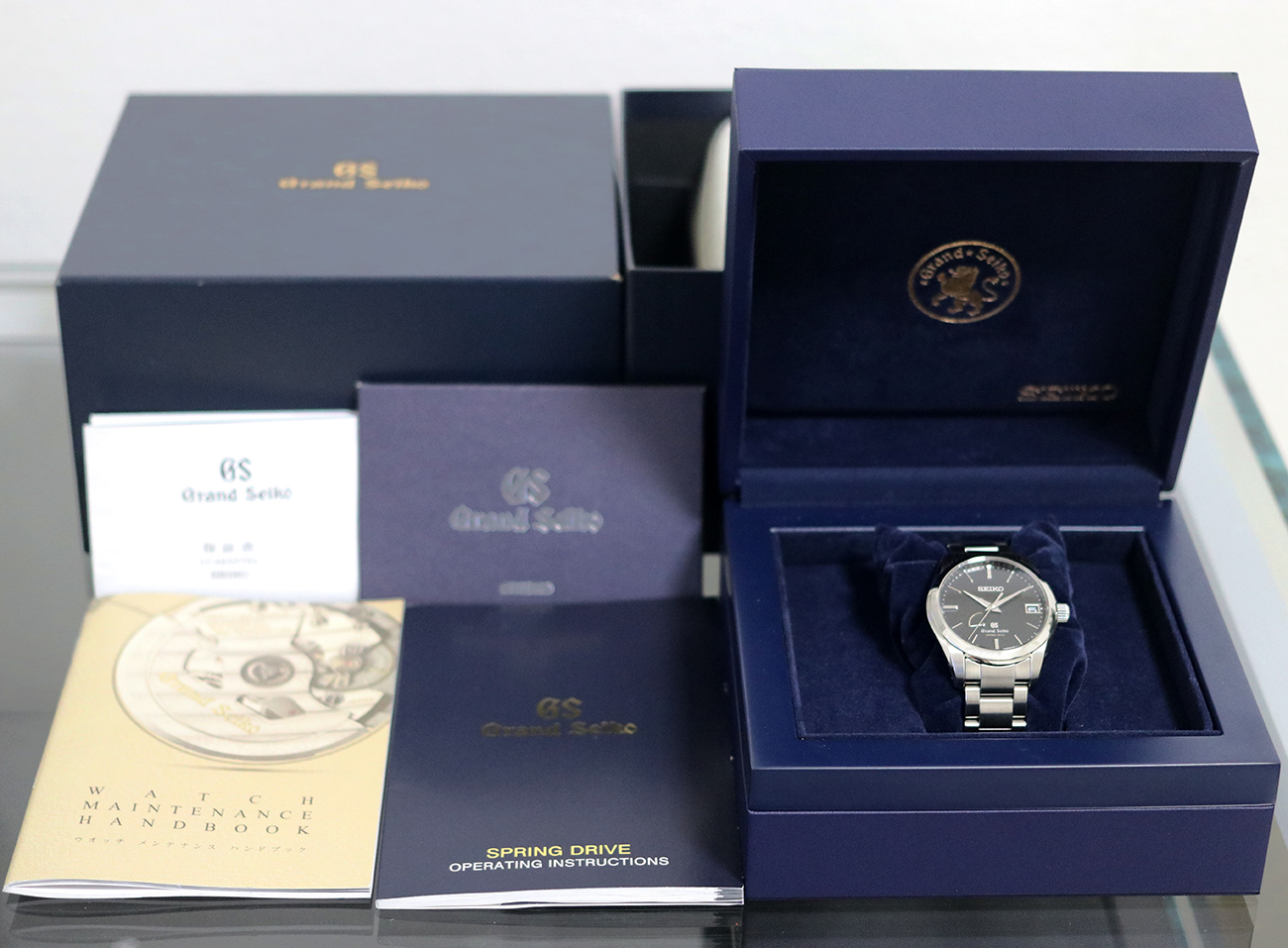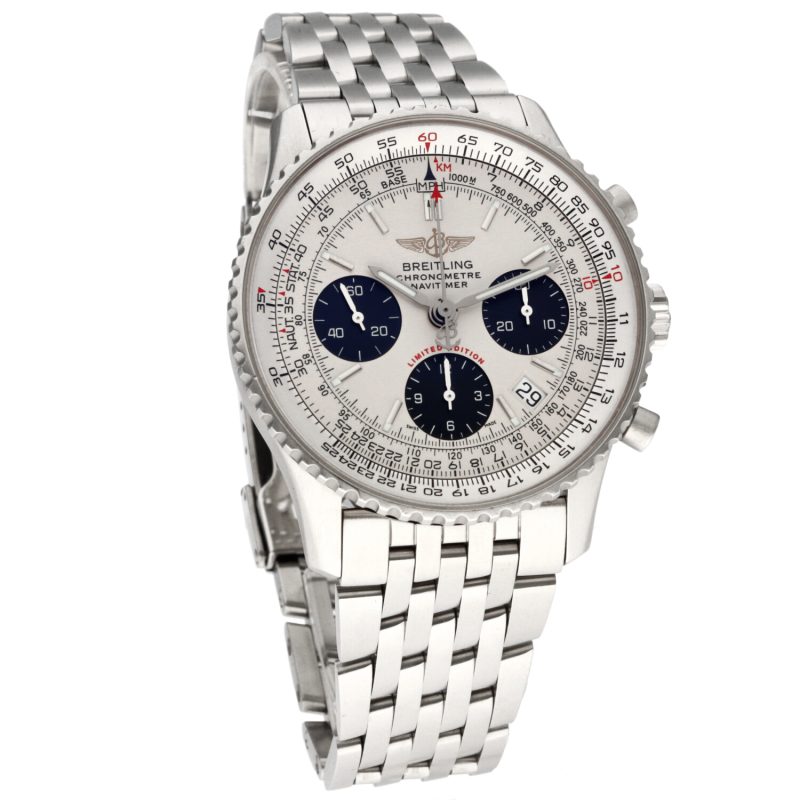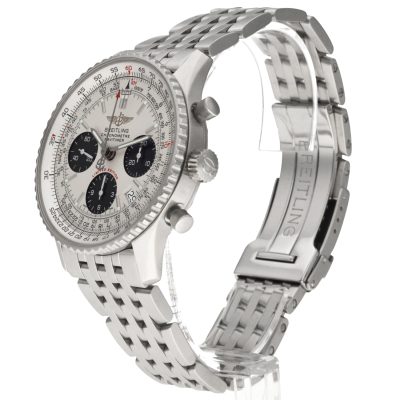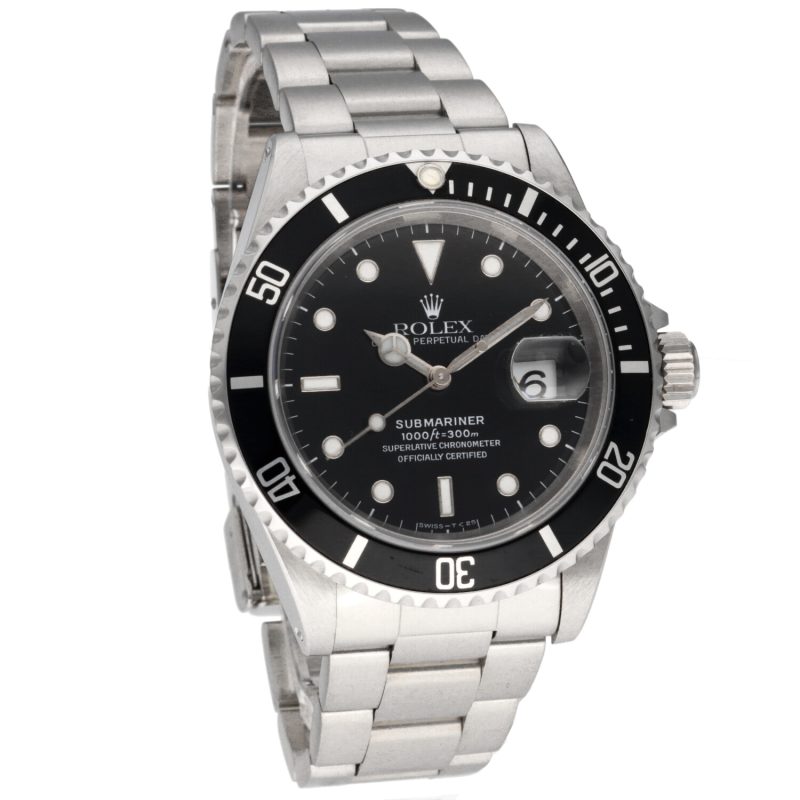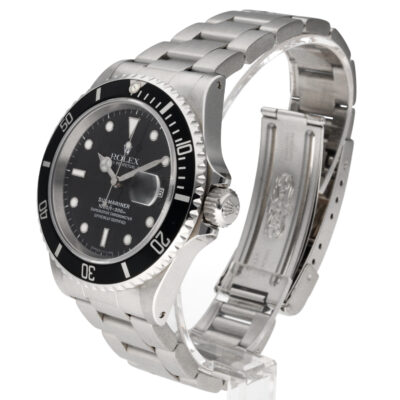2014 Grand Seiko ref. SBGA085 Automatic Spring Drive 39 mm Box, Booklets & Papers
Shipping Free by Express Courier
14-day inspection period
Authenticity Guaranteed
2-Year Limited Warranty

Additional information
| Brand | |
|---|---|
| Model | |
| Ref. | SBGA085 |
| Year of production | |
| Movement | Automatic |
| Case material | |
| Size | 39 mm |
| Dial | Black |
| Bracelet material |
Info
Presented at baselworld in 1998 and introduced on the market in 1999, in a few and limited edition model only, Spring Drive movements have become over the years one of the highlights of the Grand Seiko brand. This unique technology, the result of decades of research and development, masterfully combines the art of mechanical watchmaking with the precision of quartz. Just like traditional mechanical watches, Spring Drives are powered by a mainspring, which is wound by turning the crown or by an oscillating weight driven by the movement of the wrist. The energy stored in the mainspring is then transferred to the gears, which determine the movement of the watch hands. There are no batteries of any kind in the Spring Drive: the spring is the only source of energy used to make the watch work. The fundamental difference compared to traditional mechanical movements is the absence of the balance wheel, which in the Spring Drive is replaced by a Tri-synchro regulator. The term “Try-syncro” derives from the fact that three different types of energy come into play:
1) mechanical, coming directly from the mainspring.
2) electrical, converted from mechanical energy to power the quartz oscillator.
3) electromagnetic, to apply a brake via a permanent magnet, which allows to precisely adjust the speed of the hands.
In 2004, the Spring Drive caliber 9R65 with a 72-hour power reserve debuted, after years of research and development, Grand Seiko used for the first time, with the launch of the SBGA series, the “large-scale” Spring Drive technology for its watches.
Case, Bracelet, Dial & Glass
Excellent 39mm case that has very light wear from use.
Excellent SS Grand Seiko steel bracelet that has very light wear from use.
Excellent black date dial with matching hands and Spring Drive 72 hour reserve indicator.
Excellent sapphire crystal.
Accessories & Warranty
Outer and inner Grand Seiko box, GS warranty paper, booklets, our warranty card, certificate of authenticity and lawful origin.
Two-Year Limited Service Warranty with certificate of authenticity. The OeDVintage, Orologi & Dintorni Vintage. Two-Year Service Warranty is limited to two full year from the date of your purchase. The limited warranty covers mechanical issues not related to negligence or any type of user-inflicted damage.
You may also like…
4.600,00€
10.990,00€


